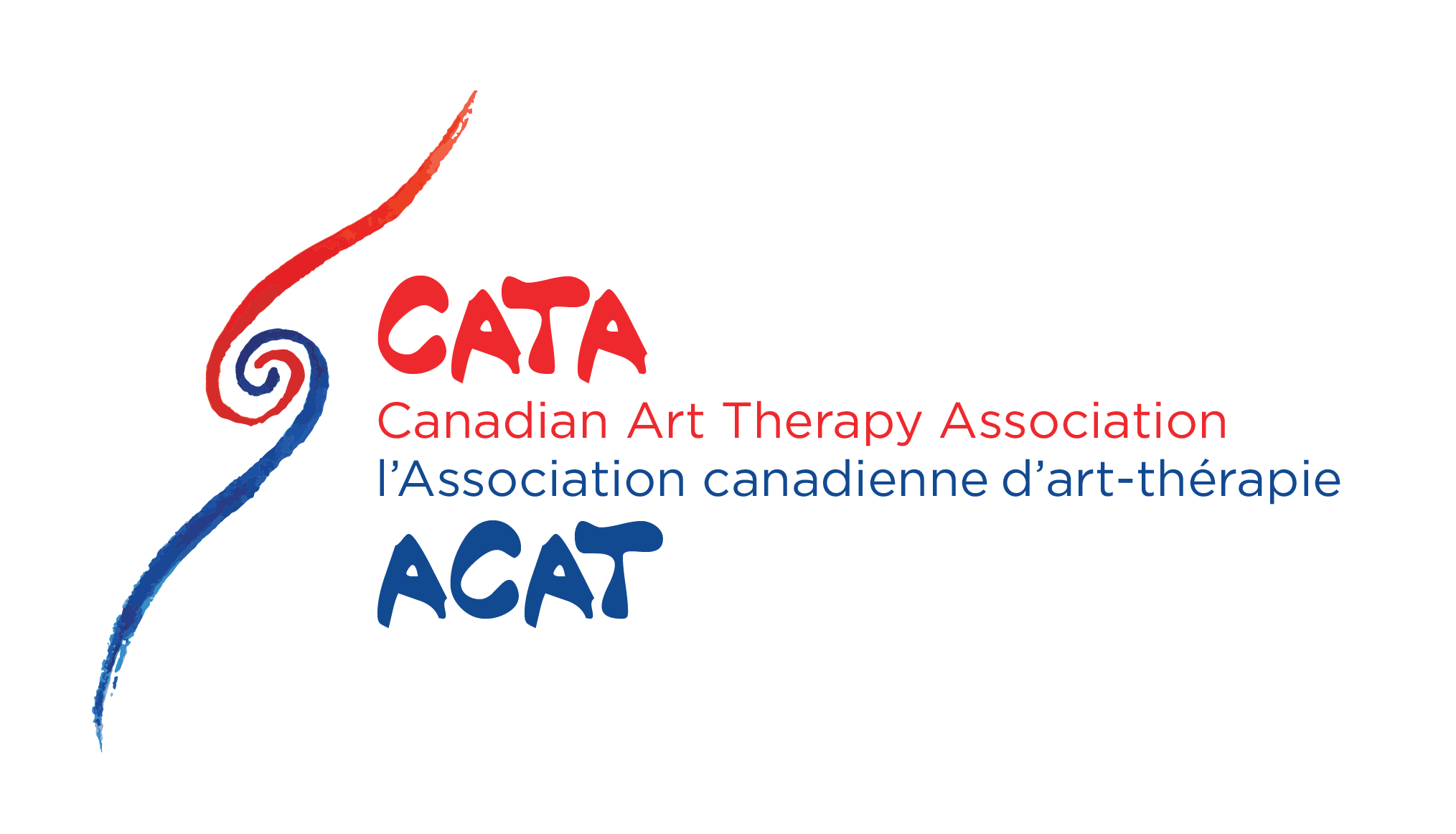Editor's Notes
Patricia Ki, RCAT, RSW, Doctoral Student
Toronto, ON
Editor/Designer - Envisage
Spending time with the artwork and writings in this issue brings to mind Audre Lorde’s essay, “Poetry is Not a Luxury,” in which she wrote:
“Poetry is not a luxury. It is a vital necessity of our existence. It forms the quality of the light within which we predicate our hopes and dreams toward survival and change, first made into language, then into idea, then into more tangible action.”
Audre Lorde wrote the essay in 1977 particularly for Black women. I imagine that perhaps other forms of art-making function similarly (and who’s to say that poetry can’t be composed with shapes, colours, forms, lines, textures?), for folks who are finding their voices by attending to their emotions rather than silencing them, making their experiences not only known but also felt, thereby raising questions and shifting oppressive narratives about who belongs in our communities and on this land, and striving toward social changes and more livable futures for those who have long been precluded from capitalist, colonial renderings of desirable futures.
As individual artists and art therapists we may think that social/systemic/structural change is too unsurmountable of a task or even an idea to contemplate in relation to our day-to-day work. Indeed, speaking of disability art, Christine Kelly and Michael Orsini attend to the question of what is the role of the arts in politics and activism, when the arts often seem abstract or unspecific, while there are pressing and concrete policy issues to negotiate. The arts, they argue, can mobilize affect or emotions for the purpose of critical pedagogy, or the praxis of teaching/learning how to reflect upon the happenings in the world and act to transform it. Critical consciousness that is built upon not only fact-based knowledge of what injustices entail, but also upon a felt or embodied sense of one’s relatedness or complicity with injustices and oppression, forms and strengthens the basis of anti-racist, anti-colonial, anti-oppression activism.
In other words, the arts can light the fire within which we cultivate, sustain, and mobilize our hopes and dreams for a different future into tangible actions of further art-making that can move others to actions also.
The artists and art therapists in this issue have created works that reinforce Black lives matter and expose the ongoing police brutality and racism against Black people, delved into their own emotional terrains within the continuing pandemic in order to develop more ethical responses to distress, searched for images and words to convey understandings of social justice, advocated for supportive spaces for Black, Indigenous, and racialized communities who study or use art therapy, and held nurturing spaces for life-giving conversations, connections, and expressions around pain and death.
Some of us who live with multiple kinds of privileges, myself included, would probably survive materially in the world without the ability to make art. But in many ways, as artists have been arguing since time immemorial, art-making is not a luxury, a mere pastime, a hobby. It can be and is certainly fine to serve as those things. But it can be more. And it is more. It is a powerful, embodied way through which people can articulate and bring into forms their imaginings of how the world can be different. It is a way through which we can affectively connect with each other and co-create a world that is different. And we are tremendously grateful for and continue to welcome your contribution to this platform where we learn from, encourage, and challenge each other to act upon and transform the world, wherever we are.


